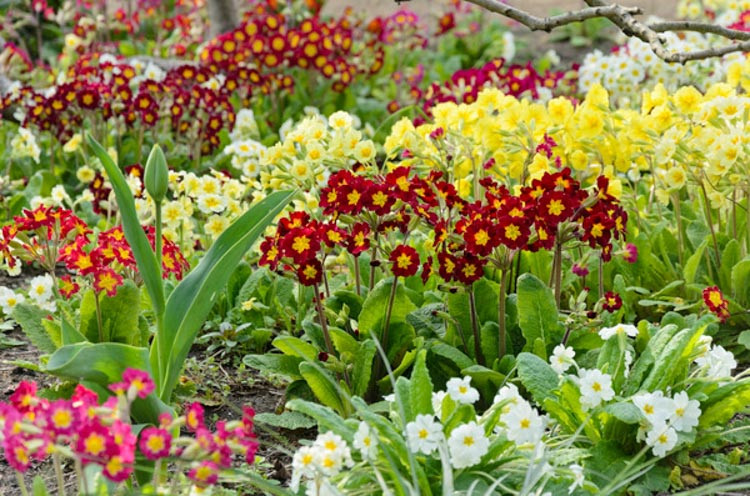Primula (Primrose)
Primula, also known as primrose, is a genus of herbaceous perennial plants that are known for their colorful, delicate blooms. There are over 500 species of primula, ranging from low-growing alpine species to tall woodland varieties. They are native to Europe, Asia, and North America and are a popular choice for gardens and landscaping due to their hardiness and ability to thrive in a wide range of climates.
Flowers: One of the most striking features of primrose plants is their bright, colorful blooms. The flowers come in a wide range of colors, including shades of pink, purple, blue, red, yellow, and white. The blooms are typically funnel-shaped and grow in clusters, making them a popular choice for borders, rock gardens, and containers. They are also a favorite for cut flower arrangements and as gifts for special occasions.
Hardiness: Another important feature of primrose flowers is their hardiness. Some varieties are tolerant of cold temperatures and can be grown in colder climates.
Easy to grow: Primrose plants are typically easy to grow and care for, making them a favorite among beginner gardeners. They prefer well-draining soil that is rich in organic matter and do well in partial shade to full sun, depending on the variety.
Pollinators: Primula plants are an important source of nectar for bees and other pollinators.
Popular Primroses: The drumstick primrose with unusual, spherical blooms and the auricula primrose, which is prized for its brightly colored, velvety blooms and is a favorite of collectors.
Medicinal properties: Primula plants are also known for their medicinal properties. The flowers and leaves of the primrose plant contain compounds that have been used for centuries to treat a variety of ailments, including headaches, asthma, and skin irritations. They are also believed to have anti-inflammatory and anti-spasmodic properties.
Whether you’re looking for a border plant, a container plant, or a cut flower, primula will surely add color and beauty to any garden or landscape.

